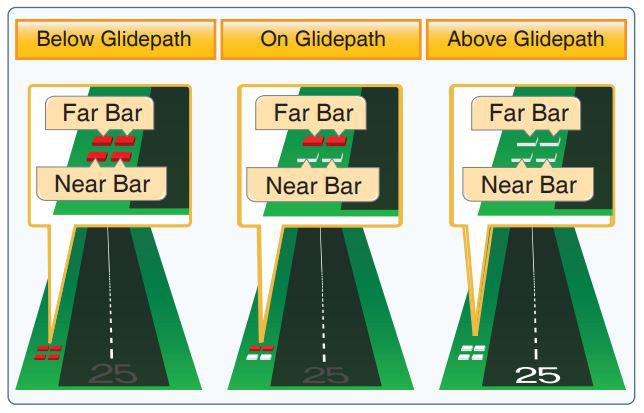Basic Private Pilot Ground School
-
Lesson 1: Your First Flight6 Topics|1 Quiz
-
Lesson 2: Maneuvers and the Traffic Pattern6 Topics|1 Quiz
-
Lesson 3: Understanding the Wind and Turns6 Topics|1 Quiz
-
Lesson 4: AOA, Stalls, and Other Scary Things5 Topics|1 Quiz
-
Lesson 5: Ground Reference, Maneuvers, and FARs4 Topics|1 Quiz
-
Lesson 6: Building Good Landings5 Topics|1 Quiz
-
Lesson 7: The Less Busy Airspace: G, E, D3 Topics|1 Quiz
-
Lesson 8: Class A, B, and C Airspace: The Busier Side of the Sky4 Topics|1 Quiz
-
Lesson 9: Flying Blind and Performance Calculations4 Topics|1 Quiz
-
Lesson 10: Soft and Short Field T.O.'s + Landings4 Topics|1 Quiz
-
Lesson 11: Start Your Engines: Engines, Systems, and Instruments6 Topics|1 Quiz
-
Lesson 12: Weight and Balance, Navigation Systems4 Topics|1 Quiz
-
Lesson 13: Luck with Weather6 Topics|1 Quiz
-
Lesson 14: Your First SOLO!2 Topics|1 Quiz
-
Lesson 15: VFR Charts and Navigation5 Topics|1 Quiz
-
Lesson 16: Weather Charts and Services6 Topics|1 Quiz
-
Lesson 17: Aeromedical Factors, ADM, FARS5 Topics|1 Quiz
-
Lesson 18: Flying at Night3 Topics|1 Quiz
-
Lesson 19: Cross Country Flight Planning4 Topics|1 Quiz
-
Lesson 20: Test Prep5 Topics|2 Quizzes
The Secret to Being Stable
The trick to being more stable than Charlie Sheen isn’t just abstaining from drugs and alcohol. Safe and STABLE approaches all start with how you handle the aircraft and how you interpret the signs the aircraft is giving you.
What’s the Definition?
Let’s go ahead and define what qualifies for a “stable” approach. To me, I’d say that the airplane should be in unaccelerated flight (flying at a constant airspeed and constant descent rate). Another stipulation would be that the airplane is flying a 3 degree glide path to the runway touchdown zone (not 3-1, 3 degrees). A 3 degree glide path in your average Cessna on final doing 70 knots roughly equates to 350fpm descent rate.
How Soon?
How soon do you need to setup this straight in stable approach? The FAA recommends to be established like this by at least 500’agl when flying VFR, or if you are flying IFR in the clouds, no later than 1000′ agl.
How to Set it Up?
Simple math always does the trick here. Simply take your GROUNDSPEED (read from a GPS, not your airspeed in this case) and add a zero, then divide by 2 to find your desired descent rate. I.E., 70knot airspeed and GPS is showing a 60knot groundspeed, add a zero (you get 600), then divide by 2, (you get 300), and that is your desired rate of descent down to the runway on the VSI, 300fpm.
But I’m Bad at Math???
Well, if the multiplication and division we have above doesn’t suit you, then hopefully you will have some sort of device located next to the runway to help guide you down. These devices come in a few different flavors covered in the video above, and we’ll give you a few more examples below too. REMEMBER: the math above is just a good starting point, you should always be looking out the window and following the guidance from a PAPI, VASI, or any other approved glide-path device, and make corrections to your flight path accordingly. Don’t be the guy that thinks you are sooo good at math that you wind up flying your plane into the ground with 4 bright red lights in your face begging you to climb and GO AROUND!
REMEMBER:
No short hint here, just take a moment to study the images below so you have a good idea of what each set of lights represents. You will see questions about these at the end of this lesson and on your written exam.
PAPI

VASI

Tri Color VASI

